-
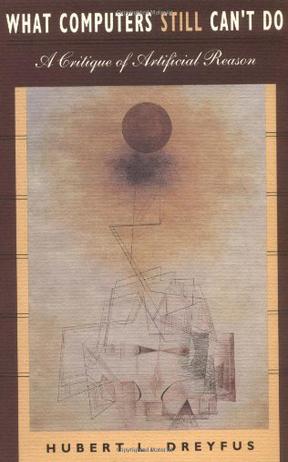
What Computers Still Can't Do
When it was first published in 1972, Hubert Dreyfus's manifesto on the inherent inability of disembodied machines to mimic higher mental functions caused an uproar in the artificial intelligence community. The world has changed since then. Today it is clear that "good old-fashioned AI," based on the idea of using symbolic representations to produce general intelligence, is in decline (although several believers still pursue its pot of gold), and the focus of the Al community has shifted to more complex models of the mind. It has also become more common for AI researchers to seek out and study philosophy. For this edition of his now classic book, Dreyfus has added a lengthy new introduction outlining these changes and assessing the paradigms of connectionism and neural networks that have transformed the field.At a time when researchers were proposing grand plans for general problem solvers and automatic translation machines, Dreyfus predicted that they would fail because their conception of mental functioning was naive, and he suggested that they would do well to acquaint themselves with modern philosophical approaches to human beings. What Computers Can't Do was widely attacked but quietly studied. Dreyfus's arguments are still provocative and focus our attention once again on what it is that makes human beings unique.Hubert L. Dreyfus, who is Professor of Philosophy at the University of California, Berkeley, is also the author of Being-in-the-World. A Commentary on Heidegger's Being and Time, Division I. -
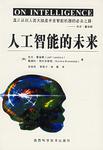
人工智能的未来
陕西科技出版社最新引进美国图书《人工智能的未来》(On Intelligence)一书,是由杰夫•霍金斯,一位在硅谷极其成功、受人尊敬的计算机工程师、企业家与桑德拉•布拉克斯莉,《纽约日报》的栏目作家共同撰写。本书对人类大脑皮层所具有的知觉、认识、行为和智能功能新理论提出了新的理论构想。这一理论的独到之处在于对大脑皮层的现行认识提出了新的观点,对大脑的工作原理,即霍金斯称之为“真正智能”而非计算机式的人工智能立论扎实,观点独特、新颖,阐述精密。对大脑及其工作原理感兴趣的朋友不妨读读,必有收获。 本书共八章,人工智能、神经网络、人脑、记忆、智能理论新架构、大脑皮层工作原理、意识和创造力、智能之未来。 -
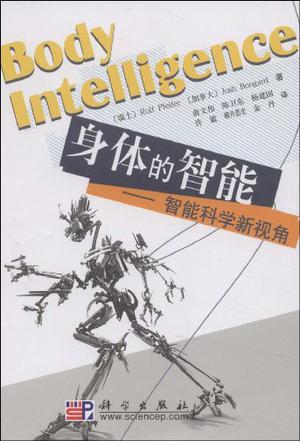
身体的智能
《身体的智能:智能科学新视角》采用易于理解的非技术化语言,通过介绍大量例子以及建立在机器人学、生物学、神经科学和心理学最新发展成果之上的基本概念,来阐述关于智能的可行理论。书中还介绍了这一理论在普适计算、经济与管理学以及人类记忆的心理学领域中的应用。两位作者描述的具身性智能对我们理解自然智能和人工智能都具有重要意义。 我们的大脑控制着身体,人尽皆知,那么我们的身体又是如何影响思维的呢?Rolf Pfeifer和Josh Bongard两位作者将通过《身体的智能:智能科学新视角》向您揭示我们的思想并非独立于身体,而是受到身体的紧密约束和激励。他们认为我们所能具有的种种思想都是基于具身性——我们身体的形态和材质特性。 《身体的智能:智能科学新视角》可供人工智能领域的科研工作者及研究生参考,也可供相关专业的科研人员参考。 -
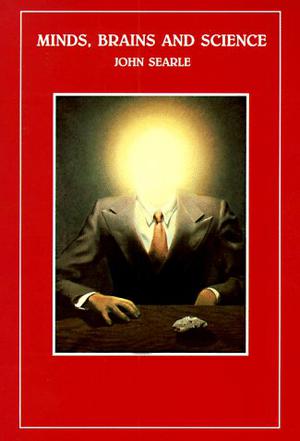
Minds, Brains and Science
Minds, Brains and Science takes up just the problems that perplex people, and it does what good philosophy always does: it dispels the illusion caused by the specious collision of truths. How can we accept an intuitive commonsense view of ourselves as conscious, free, rational agents in a universe that science tells us consists of mindless physical particles? Searle briskly and lucidly sets out his arguments against the familiar positions in the philosophy of mind, and details the consequences of his ideas for the mind-body problem, artificial intelligence, cognitive science, and the philosophy of the social sciences. Searle's book is an admirably clear and vigorous exposition of his views on a connected set of philosophical issues of importance and timeliness. --John Perry This book is aggressive, zealous, and acute. Searle's manner is that of a plain man in possession of plain truths that no one can reject if they are plainly enough stated. I cannot think of another book quite like it. --Arthur Danto -
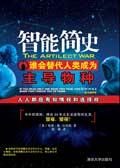
智能简史
不远的将来,人工智能机器的智能将是人类的万亿个万亿倍,它们面对我们,并不像我们面对狗,而是如同我们面对蚊子、跳蚤甚至岩石,当它们消灭我们的时候,如同我们将蚊子拍死,将臭虫冲进下水道,谁会在消灭跳蚤的时候觉得这样太残忍了呢?!这也许是人类逃脱不了的宿命,这也使德·加里斯教授认为有责任写这本书。我知道如果不让地球上每个人都对这个关乎人类存亡的问题知情并且思考,那么书中所描写的比所有科幻电影更刺激、可怕的事情很有可能发生,甚至更加糟糕。希望每个人都来关注,希望每个人都来思考,希望这一切都还来得及…… -
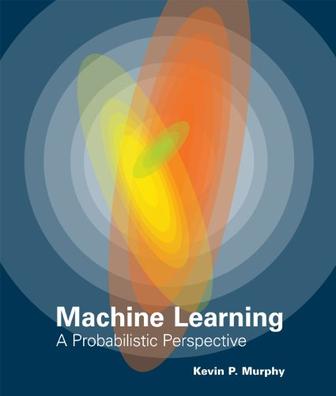
Machine Learning
Today's Web-enabled deluge of electronic data calls for automated methods of data analysis. Machine learning provides these, developing methods that can automatically detect patterns in data and then use the uncovered patterns to predict future data. This textbook offers a comprehensive and self-contained introduction to the field of machine learning, a unified, probabilistic approach. The coverage combines breadth and depth, offering necessary background material on such topics as probability, optimization, and linear algebra as well as discussion of recent developments in the field, including conditional random fields, L1 regularization, and deep learning. The book is written in an informal, accessible style, complete with pseudo-code for the most important algorithms. All topics are copiously illustrated with color images and worked examples drawn from such application domains as biology, text processing, computer vision, and robotics. Rather than providing a cookbook of different heuristic methods, the book stresses a principled model-based approach, often using the language of graphical models to specify models in a concise and intuitive way. Almost all the models described have been implemented in a MATLAB software package--PMTK (probabilistic modeling toolkit)--that is freely available online. The book is suitable for upper-level undergraduates with an introductory-level college math background and beginning graduate students.